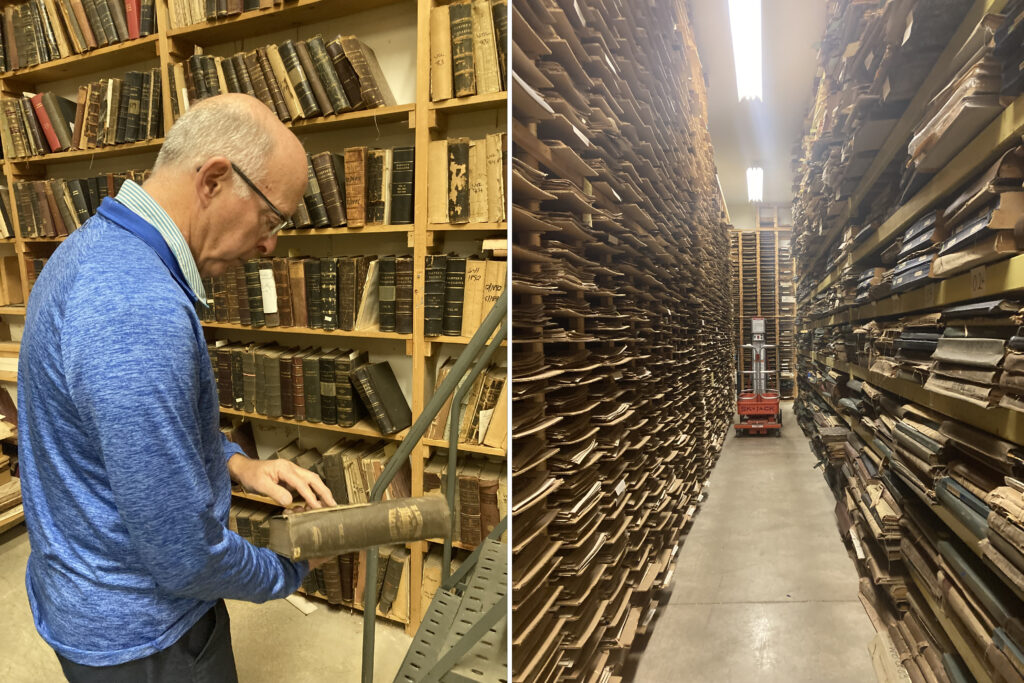
For Tim Hughes, it started with coins—and a 130-year-old newspaper.
Hughes, who over five decades has parlayed his interest in old newspapers into a collection of 3.5 million issues, initially got into this unusual hobby because, as he put it, “I was intrigued by almost anything ‘old.’”
“From my youngest years, I collected coins,” the Fairfield Township resident told On the PULSE in a recent interview. “I dabbled a bit in bottles, then books, then radios. But coins were foremost. Holding a penny that was held by people 200 years ago seemed fascinating to me.”
But because his income at the time came only from mowing lawns, most collectible coins were out of Hughes’ price range. And then one day, he stopped by the monthly flea market at the former Holiday Inn on Williamsport’s Golden Strip; there, he found an 1846 Philadelphia newspaper selling for just $3.
“When I related it to a coin dated 1846, I realized it was a terrific bargain,” Hughes says. “Plus, it must have taken me about half an hour to consume all it contained—news of the day, notices, advertisements. And there was the same intrigue: someone held this newspaper back in 1846. Heck, the Civil War wouldn’t start for another 15 years.”
And that was the launch-point for Hughes Rare Newspapers, a bustling business that operates out of a warehouse in South Williamsport, selling vintage newspapers and magazines to collectors around the world.
Their vast inventory, which occupies 10,000 square feet in two rooms with 16-foot ceilings, includes one issue dating back to 1532.
That’s right: one of their newspapers is close to 500 years old.
Building an inventory
But, Hughes relates, when he began this venture in 1975, “I never heard of anyone collecting old newspapers. I never heard of anyone who sold them. Perhaps I was on the ground floor of a new hobby. Who didn’t like to hold history in their hands? Printed on the day it happened?”
Scouring the classifieds in his coin magazine, Hughes bought cheaply in quantity, thereafter selling individual copies at a profit, which was then carefully reinvested in more papers. Eventually, the business grew to a point where Hughes had to resign his 13-year position with Little League Baseball—although, he points out, “I maintained a nice relationship with L.L., being asked to join the Board of Directors in 1996, and serving as its chairman from 2004-07.”
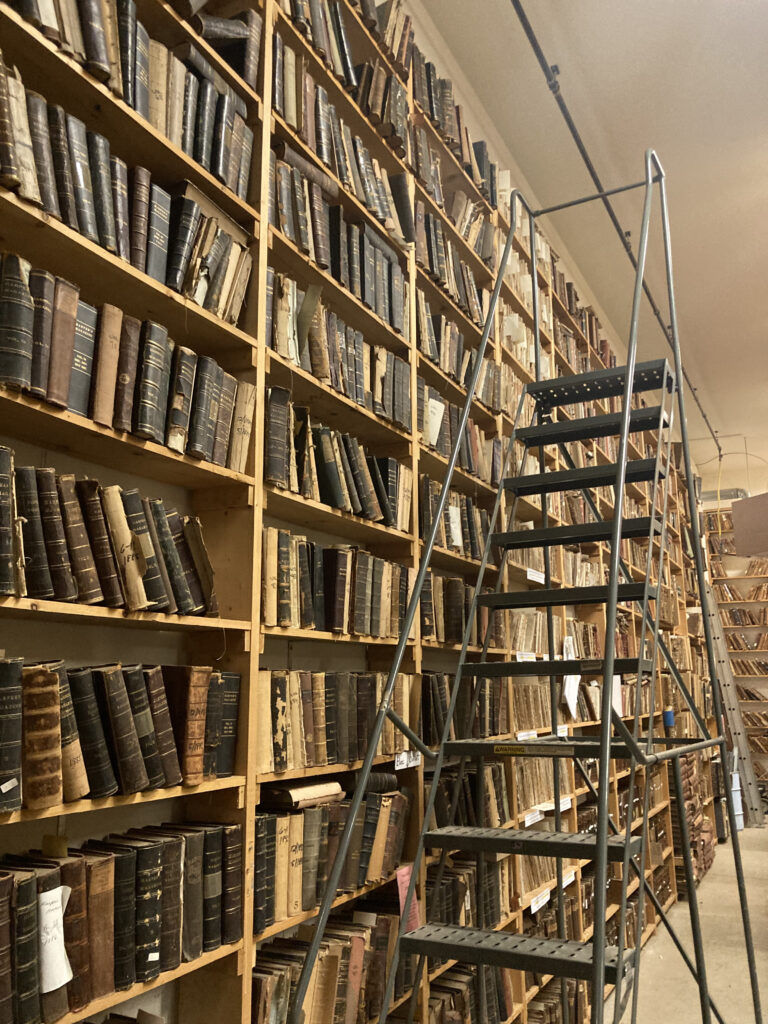


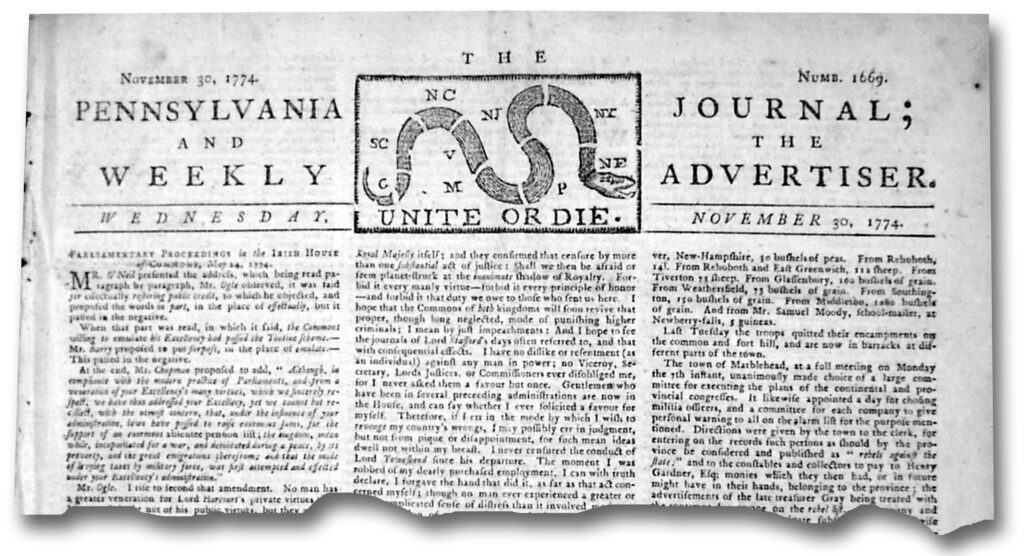
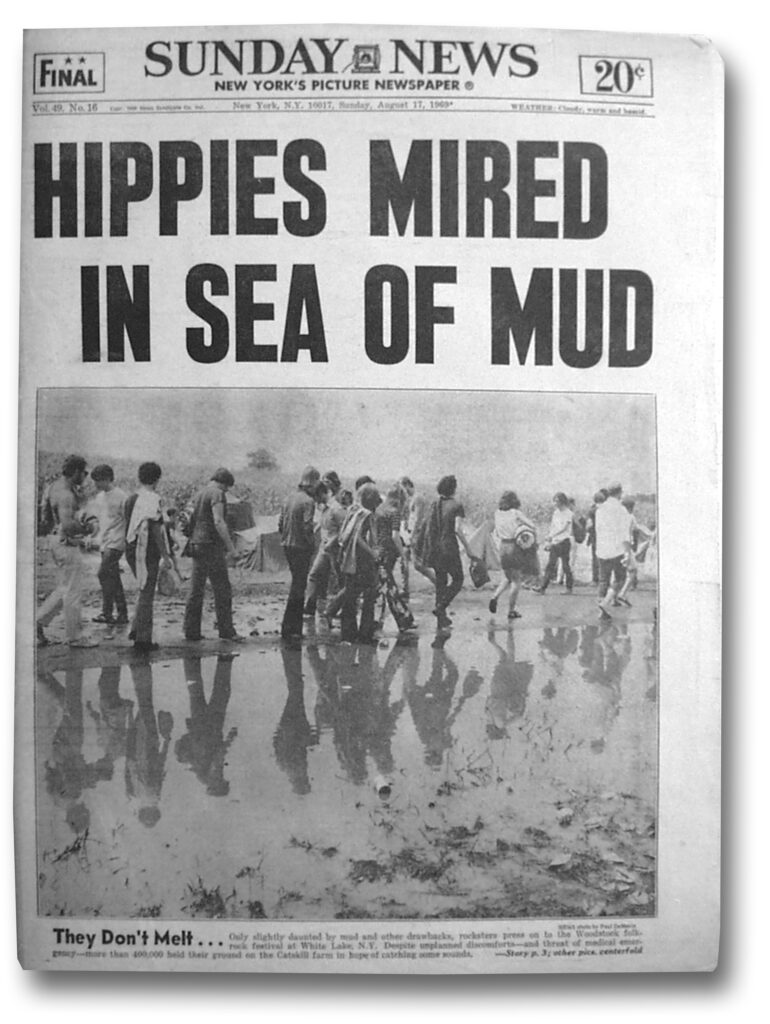

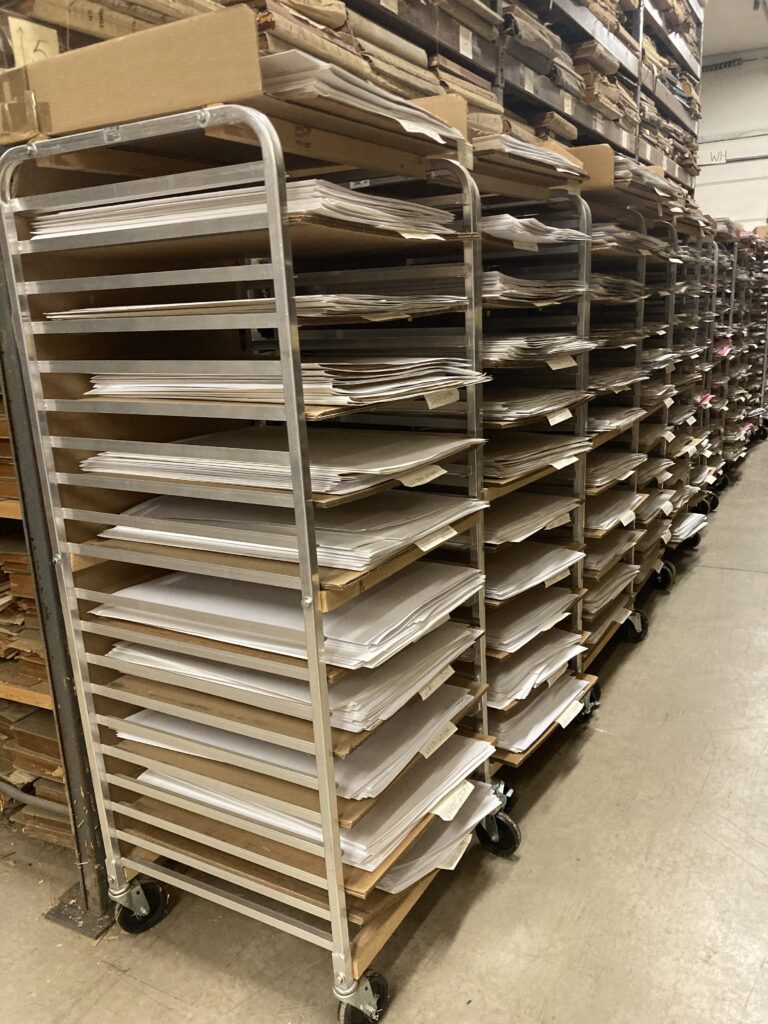
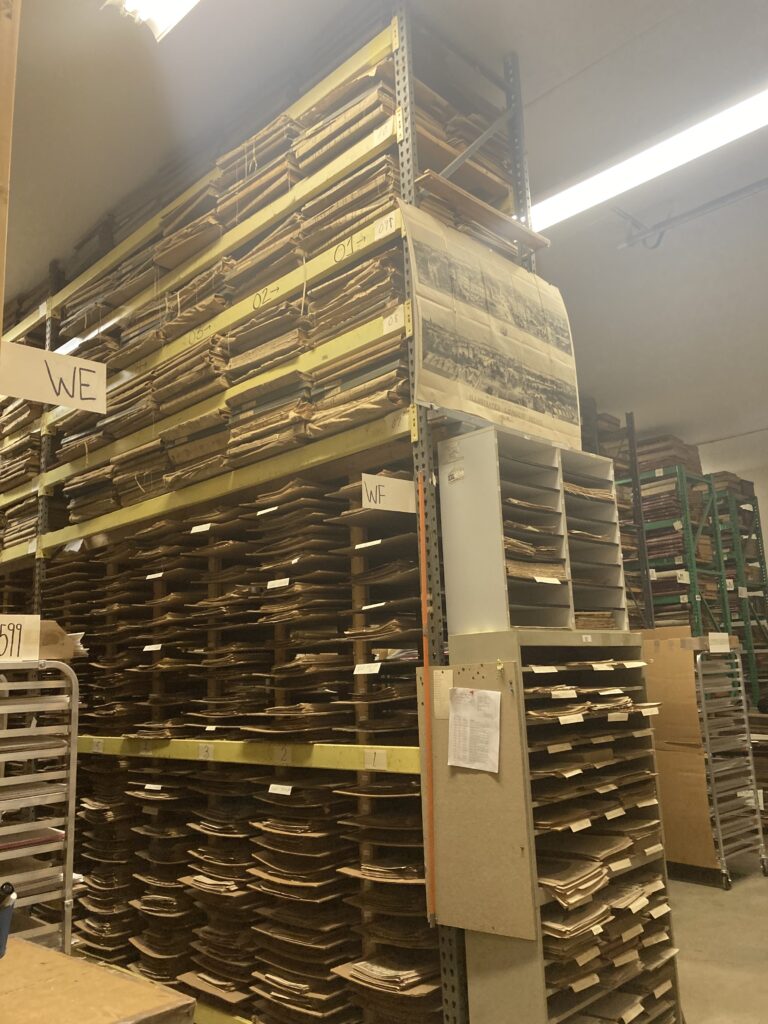
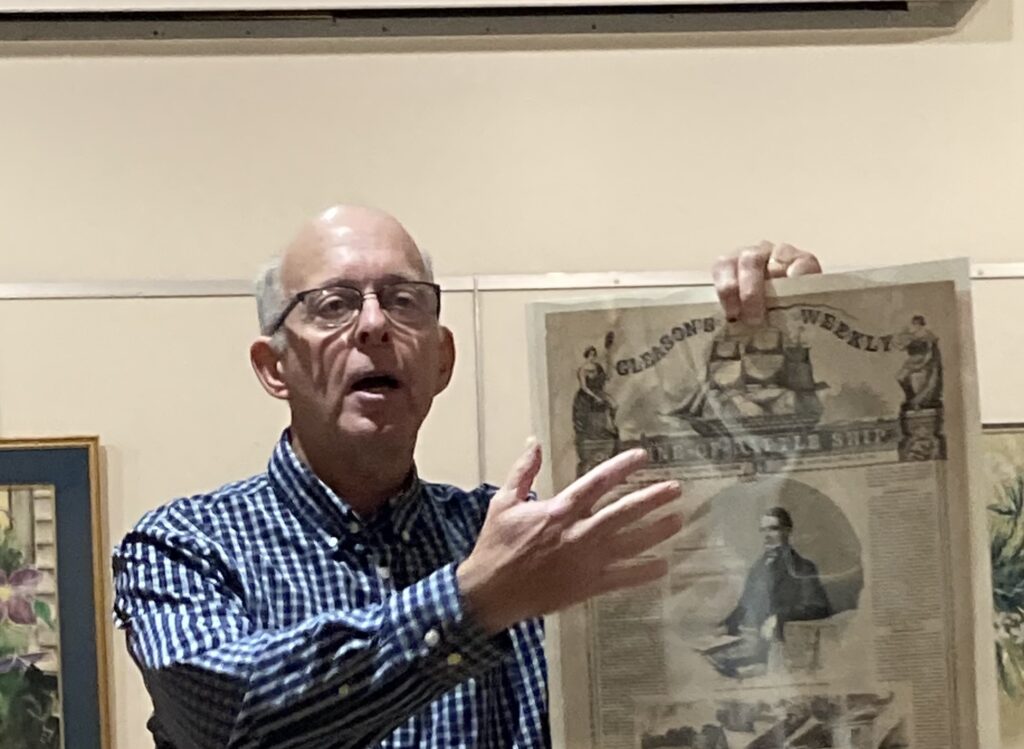
As time went on, the inventory grew less through individual purchases and more by acquiring large collections.
“I would say that 90% of our 3.5 million issues were, at one point, in an institution: library, historical society, the morgue of the publisher, etc. Back in the 1950s and 1960s when microfilming became popular, tons and tons were literally tossed in the town dump. But many found their way into private hands, and many of those eventually found their way to our shelves.
“We also buy private collections, more typically from children and grandchildren who simply have no interest in their inherited papers. Plus we’ve purchased back many collections from our own customers who have passed away.”
Hughes’ inventory includes a couple of 17th-century British newspapers discussing the Salem Witch Trials; articles covering the Black Plague, Japan’s surrender in World War II and the 1701 hanging of Captain Kidd; a copy of the famous bungled headline “Dewey Defeats Truman” from the 1948 presidential election; and an 1863 newspaper from Washington D.C. that mentions a “distinguished young actor” named John Wilkes Booth.
But, says Hughes, his collection’s most valuable issue is likely the Pennsylvania Packet from July 8, 1776—with the entire Declaration of Independence printed on its front page.
He notes, however, that early colonial events are often covered in British newspapers, since the first American paper did not appear till 1690; and, because even that was shut down by an angry governor, its only known issue now resides in London.
Hughes also points out that older newspapers are distinguished by two major differences from what we read nowadays:
First, they generally did not have headlines or illustrations, both of which came somewhat later. More important for collectors, newspapers before the mid-1800s were printed on a material high in cotton, linen and rags—and therefore, they are much more durable.
“You can bend it and fold it and it will not crack,” Hughes told the audience during a talk at the Taber Museum earlier this year. In fact, those older copies hold up so nicely that at that September event, Hughes actually passed around a number of 18th-century newspapers—which were eagerly handled and read by many in attendance.
As for the thinner and flimsier papers of our current era: It was only during the height of the industrial revolution that newsprint began to be manufactured using wood pulp and chemicals, making copies much cheaper—at which point, says Hughes, “they became affordable for the common man; think Hearst, Pulitzer and other newspaper barons.
“But,” Hughes adds, “this cheaper process caused them to turn brown and fragile through the years.” As a result, these more recent issues need to be kept out of sunlight and high temperatures, with a modest level of humidity as well.
Rare is better
So with this vast assembly of older newspapers and magazines, just who buys them—and why?
Some, says Hughes, are looking for a “unique gift for mom or dad or grandpa”—that is, a newspaper printed on some significant family date. Your On the PULSE writer, for example, has a distant relative who was born in 1928; for her 90th birthday in 2018, Hughes Rare Newspapers found me a Pennsylvania newspaper printed on the day she was born.
In other cases, “people buy what they remember from high school history classes,” says Hughes. “Reports on George Washington, Abe Lincoln, etc., are commonly wanted. Others try to assemble sets: a newspaper reporting the election and/or inauguration of every President from Washington forward—or all the major battles of the Civil War. Others may focus on the Revolutionary War, the Wild West, gangsters, etc. That’s the beauty of this hobby. As I mentioned in my presentation, any news event that happened since the mid-1600s is in a newspaper somewhere.”
Once again on a personal note: Your On the PULSE writer is a retired English teacher with a passion for Charles Dickens; while visiting the warehouse for this article, I found and purchased an actual copy of the 1859 London magazine where the serialized intro to “Tale of Two Cities” first appeared—the “best of times, worst of times” passage, possibly the most beloved opening paragraph in all of literature.
Folks interested in these sorts of finds can visit rarenewspapers.com; you can also contact the warehouse directly at info@rarenewspapers.com—or (570) 326-1045.
And of course, many clients also sell copies and collections to the business as well.
“We get calls every day concerning the potential value of newspapers ‘found in our parents’ attics,’” says Hughes. “But what typically turns up are the assassination of JFK, man on the moon, World Series victories, inaugurations and deaths of recent Presidents, etc. Such issues tend to have very little value, as they were saved by the millions decades ago.”
In fact, the more valuable and collectible issues involve events that have grown in stature, even though they may not have seemed huge at the time.
“A good example is Martin Luther King’s ‘I have a dream’ speech at Washington in 1963,” says the collector. “There seemed to be no compelling reason to save that newspaper report at the time, but its significance has grown through the years and it’s now in high demand—yet difficult to find because it was rarely saved.”
Passing the torch
Hughes also points out that even though he still works for the company, “I have not owned the business since 2002”—when he sold it to several families in the Lancaster area. It is now run by Guy Heilenman, with five full-time employees.
“I consider myself blessed to remain involved in the business I created,” says
Hughes. “I work about 30 hours a week, but I can decide where and when. I now play more golf and have time for other things”—including a son, daughter-in-law and grandchild on the West Coast.
“I suspect in time I’ll slowly reduce my committed hours, but for now it is still
enjoyable and not physically demanding, so I see myself being a part of the business
for many years to come.”




